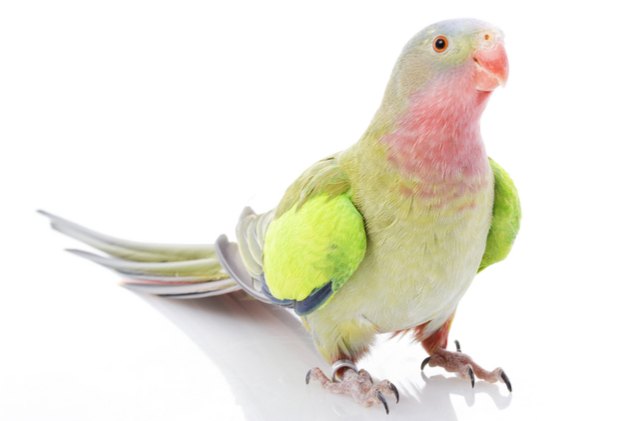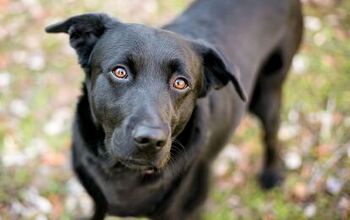Princess Parrot


About Princess Parrot
We are quite confident when we say that you haven’t yet come across a bird as lovely as Princess Parrot. These parakeets are incredibly popular and are truly one-of-a-kind pet. Displaying colors and tones that are unique only to them, these feisty and lively birds are pretty and interesting, all at once. Loved worldwide for their fun personality, wonderful looks, and cute talking abilities, Princess Parrot has everything that a perfect pet bird needs.
These birds were named in honor of Alexandra, the Princess of Denmark and the eventual Queen of United Kingdom.
Native Region/Natural Habitat
These are one of Australia’s pretties, but also most elusive parrot species. They are found in the interior, mostly in parts of Western and Central Australia, spanning a region from the Great Sandy Desert, all the way to Goldfields in the west. The reason for its elusiveness is their habitat, a highly nomadic movement and the ability to hide. They thrive in sandy habitats, with sparse brushy growths with dry Casuarinas and Eucalyptus trees. Most of the time they choose to nest close to freshwater sources. The world population in the wilderness is around 7500 birds.
Princess Parrot is a part of a very small family of Australian long-tailed parrots, which all closely resemble a few of the Parakeet species. The first detail you’ll notice is their extremely long and tapered tail, which can easily be longer than their bodies. The adults reach an average length of 18 inches (45 centimeters) and weigh about 3 ounces (90 grams). These birds are slender- and elegant in every aspect of their appearance. Because of the long tail, you’ll have to provide a very spacious cage. Princess Parrot can’t tolerate tight confine and inadequate cage can cause trouble and apathy.
These little goofs are quite chatty and vocal as well. Their natural calls, which are not terribly intrusive, consist of a series of melodic, shrill songs and can sometimes be a bit loud. But their real charm lies in their mimicking and talking abilities. Princess Parrot will surprise you with their incredibly lifelike repetition of some common words, to which they will expand with random, chatty mimicry. The clear tone of voice and body movements that associate these vocal abilities are endlessly funny, and won’t fail to put a smile on everyone’s face. Stimulating your pet by answering their words can imitate a real conversation and make for a hilarious show.
Their name fits them to a point. With all the soft, dreamy colors and a truly rainbow-like palette, these birds do have a royal, Princess-like appearance. Their bodies are mostly green, with yellowish tones on the chest, and much brighter shades on the shoulders. The crown on the top of the head is light, smoky blue with slight purple tinges. The throat and top of the chest are colored in pretty pink color. Rump is blue and the color tinges the long and narrow tail. The colors of the male are usually stronger and more pronounced than those in females. Also, in captivity, a few color mutations have appeared over the years. Now, pet markets offer blue, albino and lutino Princess Parrot. All of these pretty pastel hues make for a dainty, charming appearance.
The males of this breed have an extension on both third flight feathers. This detail, called the “spatula” can help with identification.
In the wild, these are mostly ground feeding parrots and will thrive on a select diet of mulga grass seeds, nectar, fruits, and insects. The usual small seed mixes will be a good choice for a Princess Parrot, but take care to avoid giving them damp and clumped up seeds and bread – these can cause constipation.
Another part of a good care is a lot of room for flight. Long-tailed birds are usually good flyers, and Princess Parrot is no exception. Placing a few wooden perches around the house can give them a good range of motion and a chance to fly around- supervised.
With a lifespan of up to 30 years, you can count on your Princess Parrot to stick around for quite a while. But, in order for your pet to have a long and healthy life, they’ll need care and attention. Exercise, a good diet and a lot of friendly interaction can make a big difference. But in general, these are hardy little parrots that won’t need much fussing over to thrive.
These parrots have strong personalities. If you challenge them, you will get a nibble on the finger.
Intelligent, silly, and friendly, Princess Parrot has a balanced mix of traits that make it a great pet. Over time, they will create a deep bond, and sometimes with more than one person of the house. In general, these lovely parrots are just big goofs. They are good at learning tricks, giving kisses and repeating common words and phrases. With them around – there’s never a dull moment. You’ll laugh your pants off once you enter a “conversation” with your pet Princess Parrot – exchanging mumbled, goofy words back and forth can be so much fun.
Photo credit: fivespots/Shutterstock; Paul Looyen/Shutterstock; Janet Faye Hastings/Shutterstock

A proud mama to seven dogs and ten cats, Angela spends her days writing for her fellow pet parents and pampering her furballs, all of whom are rescues. When she's not gushing over her adorable cats or playing with her dogs, she can be found curled up with a good fantasy book.
More by Angela Vuckovic

























